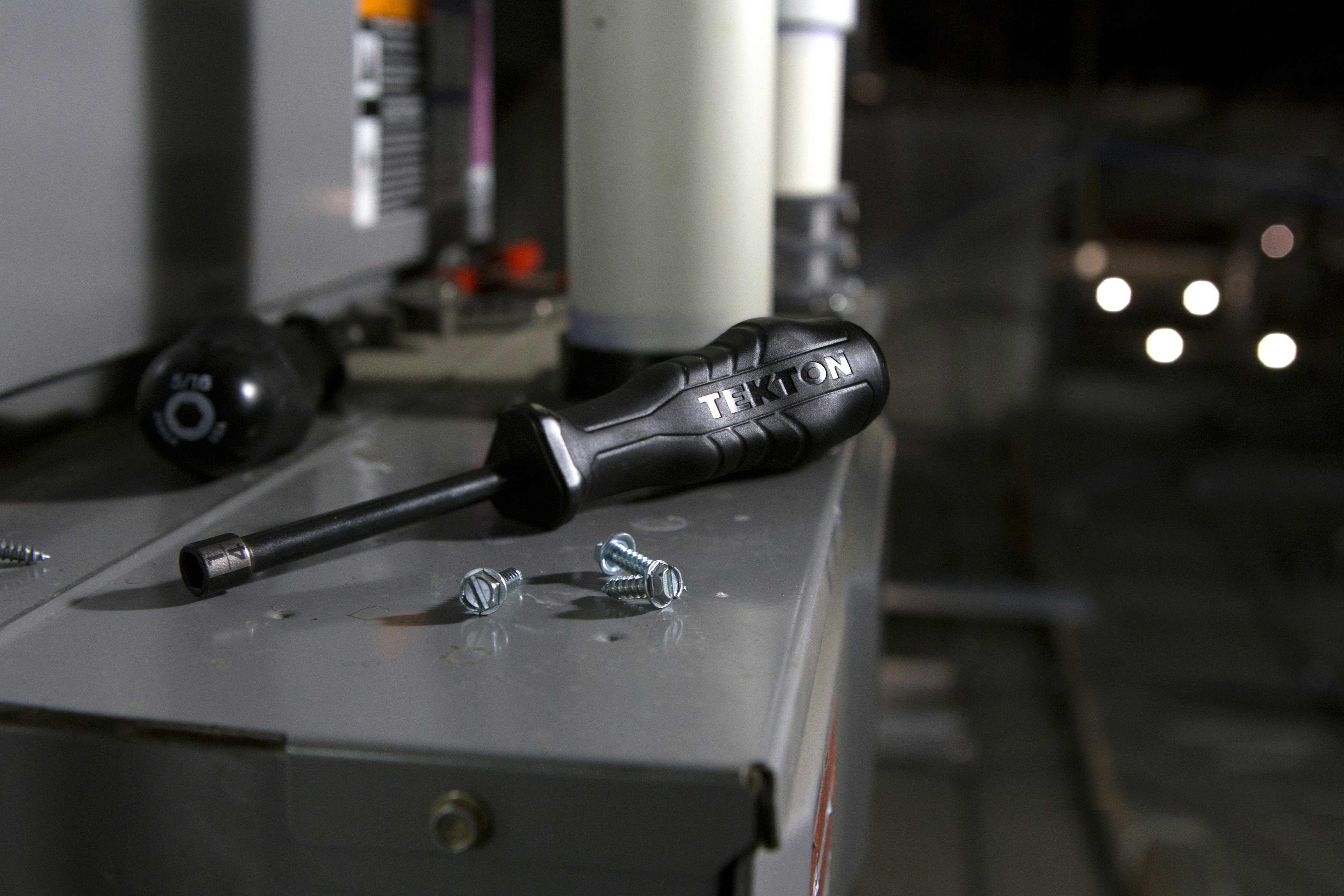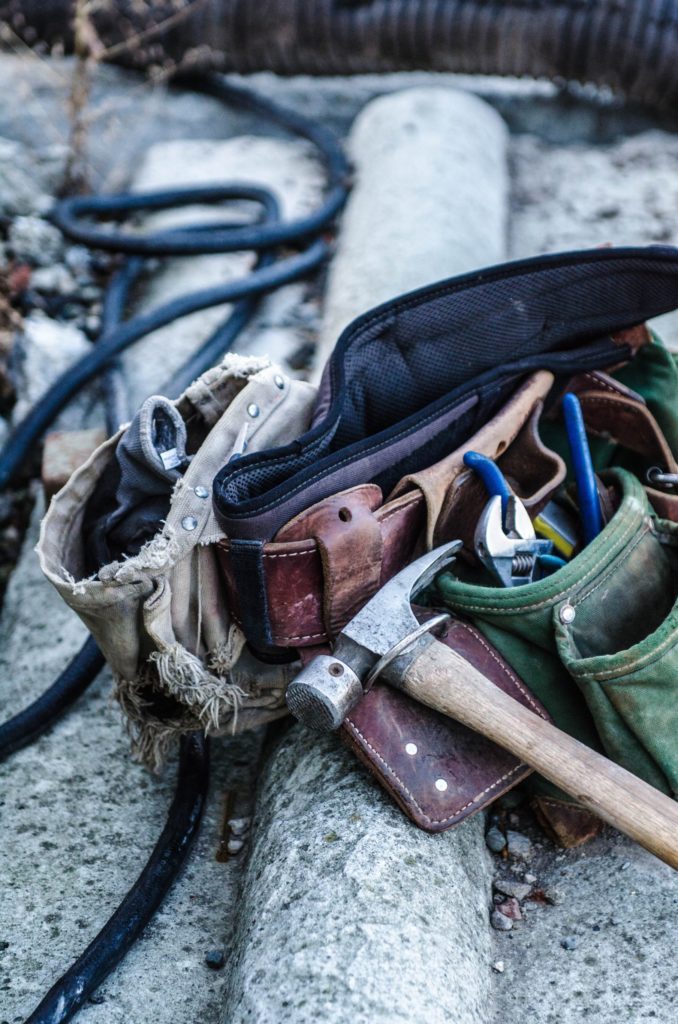Although it is recommended as a homeowner to give your home’s heating system regular checks throughout the year, most of us forget how important proper furnace maintenance is until the heat doesn’t work. If you are wrestling through the chilly winter months or are being pre-emptive for the next cold season (and you really should be), then were are a few common problems to look for if your furnace has suddenly stopped producing heat.
Dirty Furnace Filters
It can be pretty frustrating if you’ve fired up your furnace, but for some reason, the hot air isn’t blowing out at full capacity. Most likely, there is a build-up of debris, dirt, and dust in the filter. Over time, their annoying little clogs can add up to a serious percentage of lower airflow. And while that may not seem serious, the restricted blockage can overheat the heat exchanger, not only preventing the furnace from doing its job but potentially breaking the unit.
A sudden heating failure can ruin your day. To prevent serious damage, the good idea is to change out your water heater’s filters every 90 days, or the amount of time clearly stipulated in the manufacturer’s manual. If the problem occurs, you may want to consider calling in a professional technician or, if there is a larger problem with your hot water source, an experienced plumber.
Thermostat Issues

Your home should be well-heated for you and your family no matter the situation, but if you happen to be in the middle of putting your home on the market, now it could be the worst possible time for serious problems with your heating system. If you’ve consulted any 5 steps to selling a house fast, you know the importance of a first impression, and that means more than just a fresh coat of paint.
Aside from knowing the market value and upping curb appeal, there is the crucial factor that all of the home’s appliances and air and water systems are running smoothly. As any broker or real estate agent will tell you, although an air conditioner is an important selling point, proper heat can negatively affect your inspection before an otherwise quick sale. The best way to ensure this doesn’t happen is to keep your furnace in proper working order.
Surprisingly, one of the most common causes for a faulty furnace is the system itself but rather your home’s thermostat. As the true control center of your heating system, the thermostat is responsible for all the temperature issues. Although calling in a pro is always a wise choice, if you want to have a go at troubleshooting the issue, set the thermostat to heat, then set it to 5 degrees above room temperature and check to see the furnace comes to life. If the problem continues, call for help to avoid further damage.
Inspecting the Air Ducts
If you’ve noticed weird “cold spots” throughout your house even when you’ve got the furnace pumping, the issue might actually be the air ducts. The first thing to check is the handles on the ducts’ sides, known as “dampers.” If they’re fully open and the heat still isn’t coming through, you’ll want to call in a technician (or potentially, a plumber) to find the source of the leak or moisture, as letting this problem continue will wastefully increase your monthly energy bill. Also, be sure that the vents throughout your home aren’t blocked by furniture or plants, as those blockages can add to wasted air and energy.
Get a Professional

As noted above, there is no substitute for consulting an experienced, professional service technician, whether the problem requires a furnace or HVAC service expert or a plumber. Whether you’re securing the furnace’s integrity for your family’s quality of life or ensuring that a new owner will have the house in its best possible condition, it’s always best to stop address these issues as quickly as possible.



